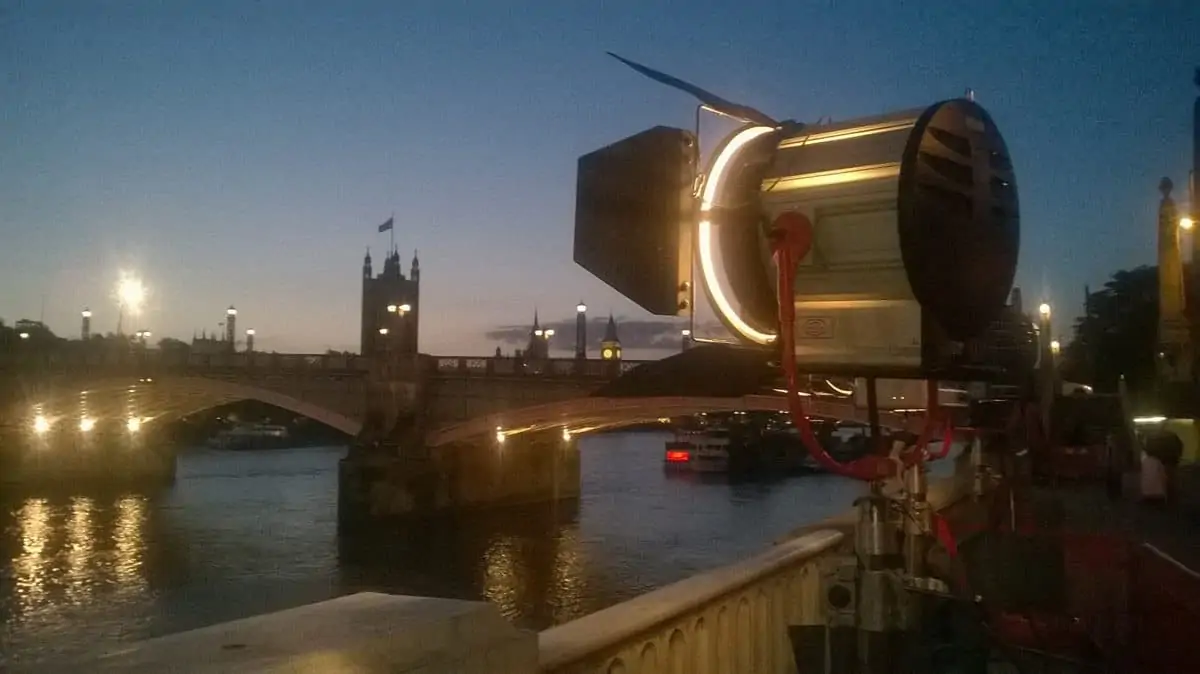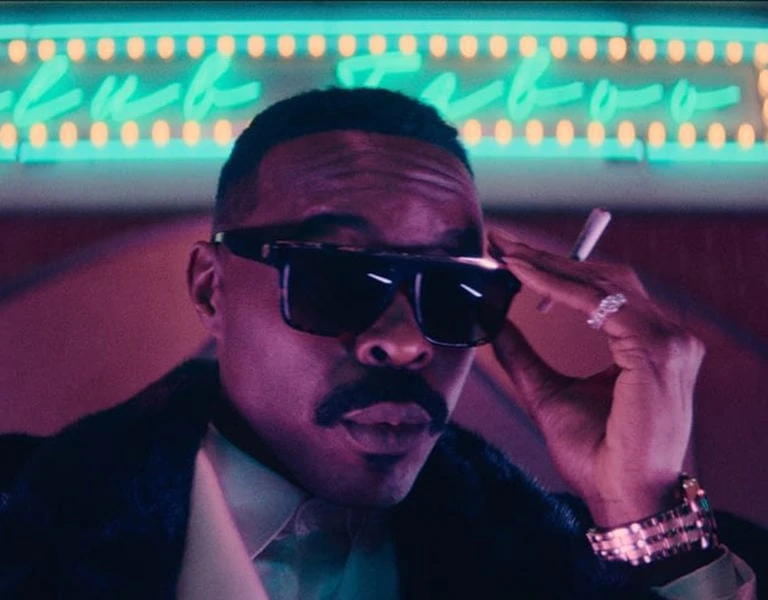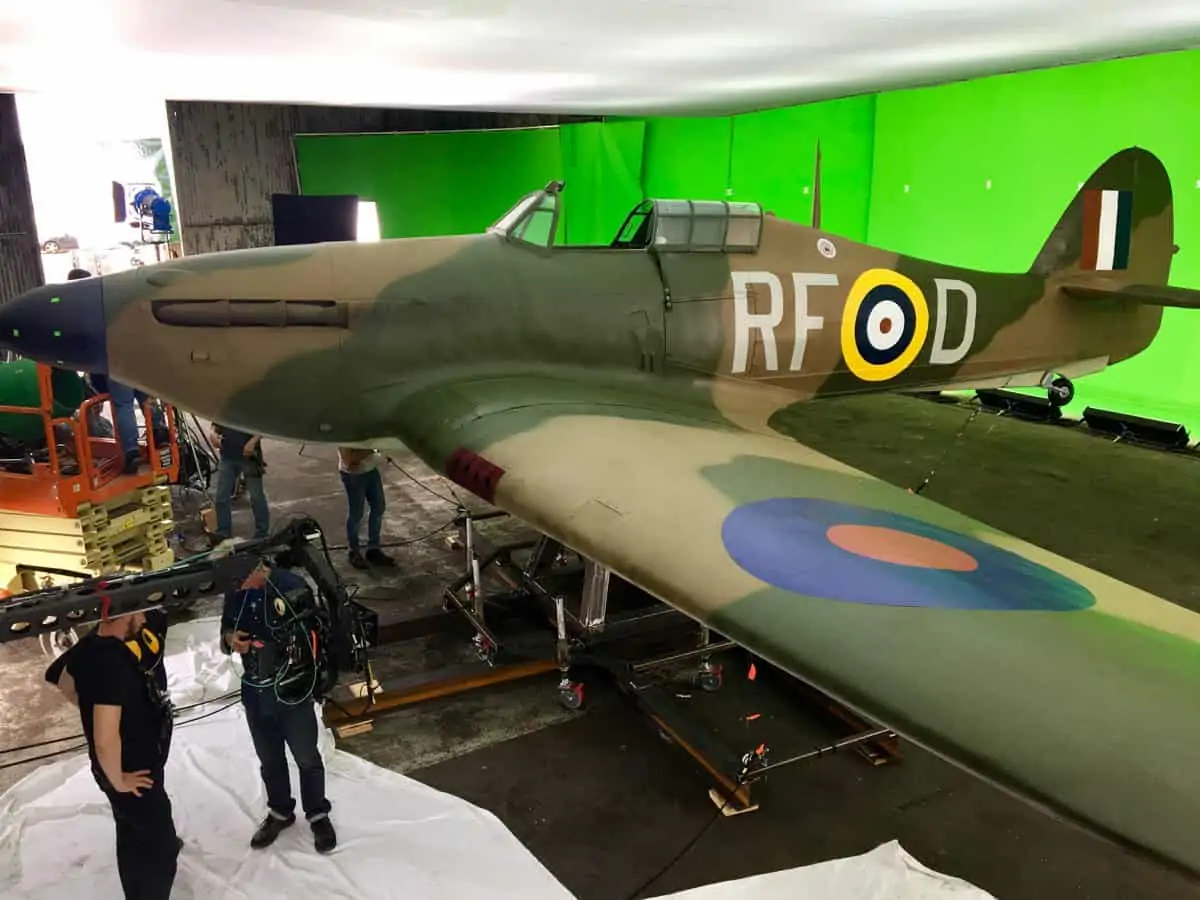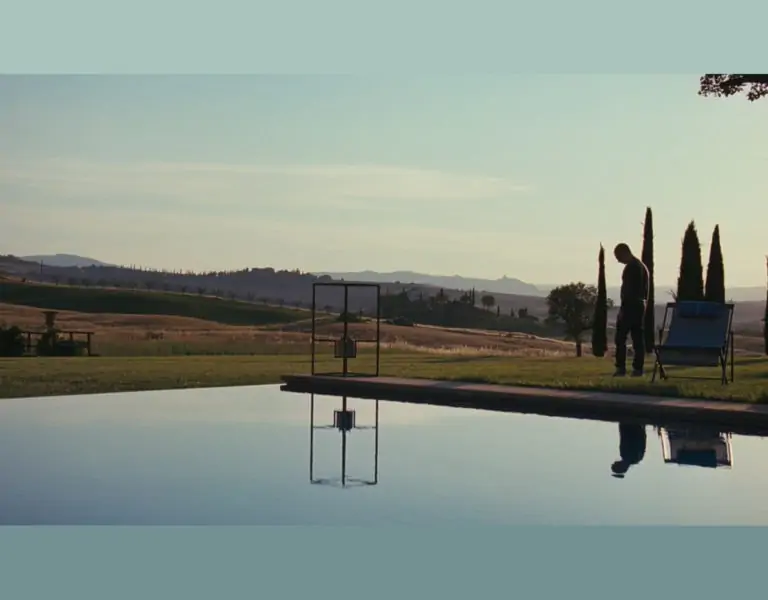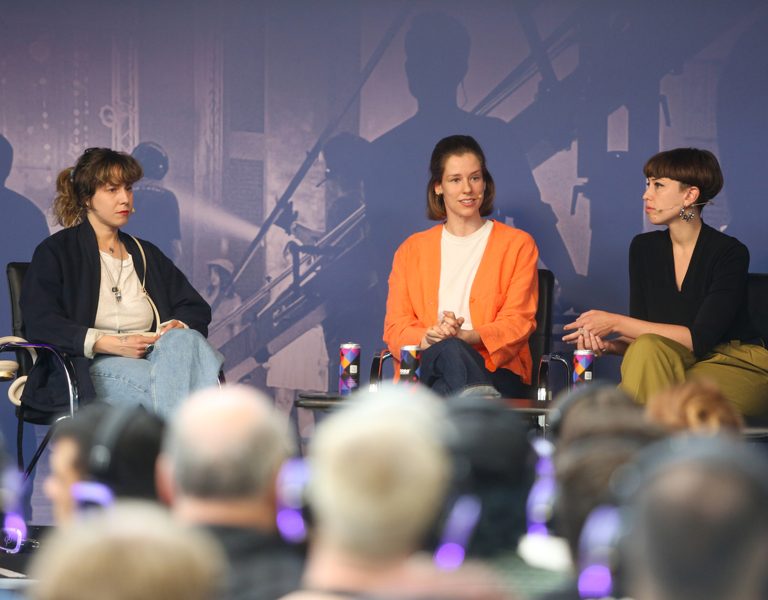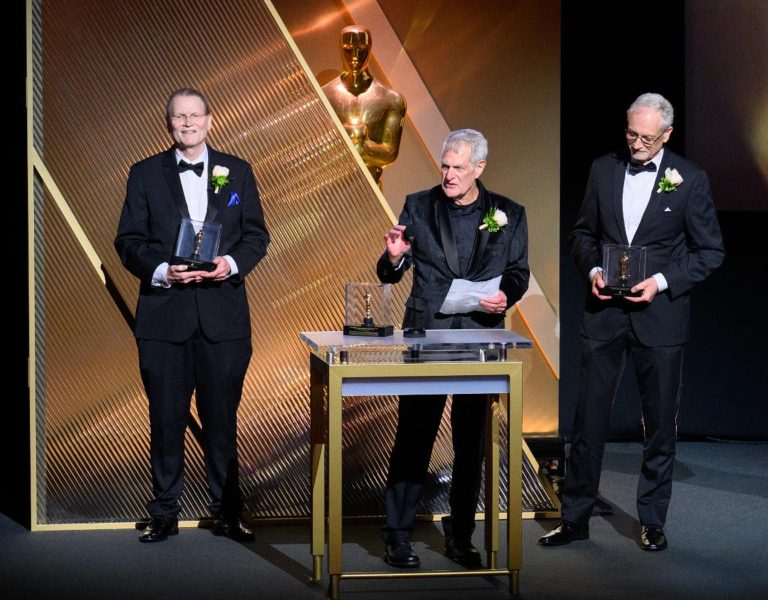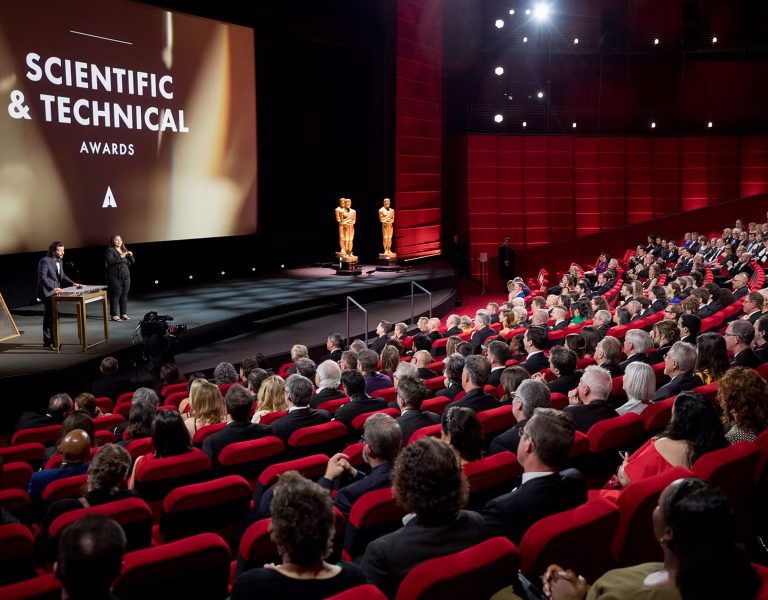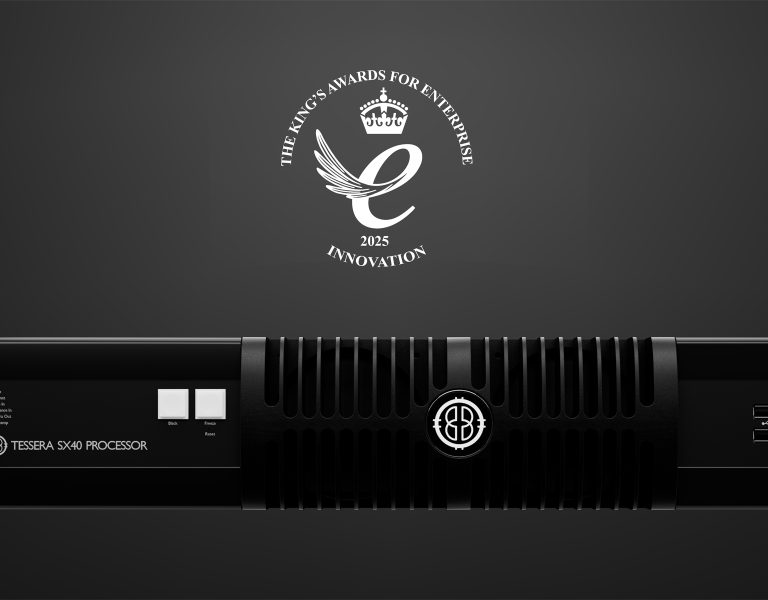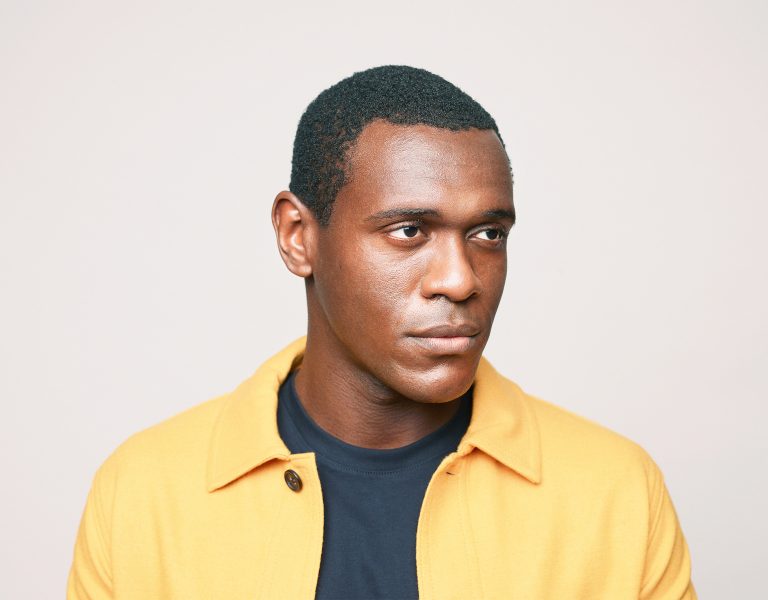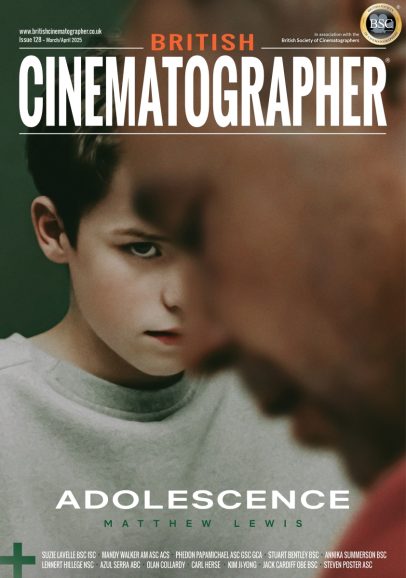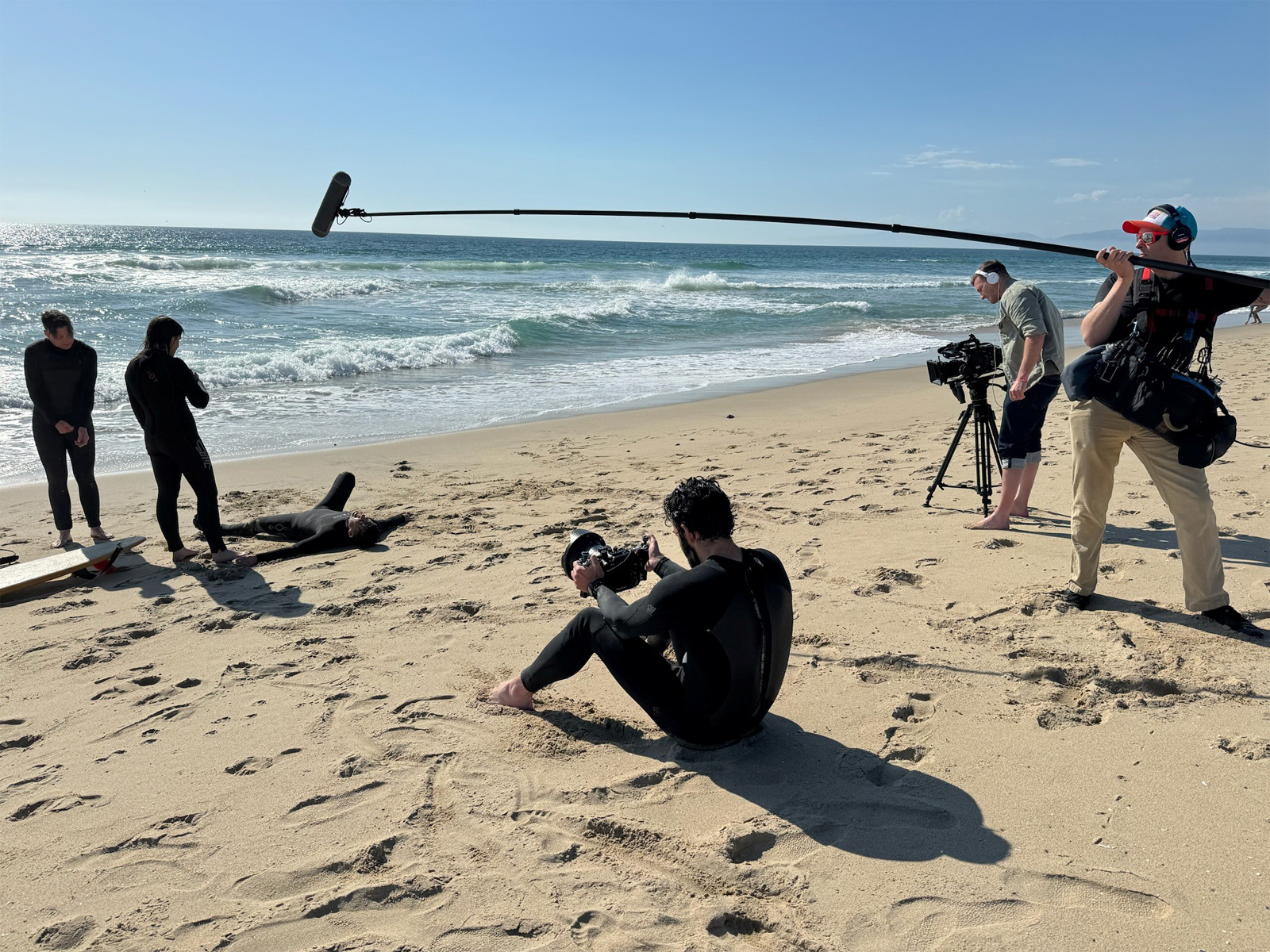
How did you get involved in the project?
I did a verite documentary a few years ago that the director Ryan White saw at Tribeca and started working with him and his producer Jessica Hargrave on a different project – soon after, the idea for this Andrea Gibson documentary came to them. I think I was lucky enough to be asked to film this doc based on my experience shooting other doc projects of a highly unpredictable nature, ones where patient verite filmmaking reveal character and story over time and where the relationship with the people in the doc is just as important as the style and aesthetic.
What attracted you to it?
To be honest, the project sounded challenging – logistically, artistically, emotionally – and I felt an enormous amount of curiosity about what the process of making this film would be like. I was not disappointed.
What scene sequence are you most proud of and why?
There’s a live performance at the end of the film that logistically I’m proud of in terms of not sacrificing the intimate style of the film up to that point, and pulling off a multi-camera shoot and capturing the unique quality of Andrea’s show. But while an audience hopefully never notices it, I think other documentarians would appreciate the coverage I was able to get in a lot of our quiet conversational scenes with just a single camera primarily on sticks – it’s something I’m particularly proud of in this film and of course also owe a ton to editor Berenice Chavez for crafting those with what we captured.
Did you introduce any new techniques using any interesting tools?
Nothing too out of the ordinary although verite docs that lean heavily on sticks aren’t as common and it’s something we used for a lot of the film. We really wanted to lean into the calm at Andrea’s house and while it made coverage harder and more intentional, I think it benefits the film overall.
What camera did you use and why?
The film was primarily shot on the Canon C500 Mkii, with Zeiss CP2s and occasionally a Sony FX3 and Super Speeds for a smaller “hospital cam.” Also Canon C70, Sony FX6, Sony FX3, Canon 25-250mm Cine-Servo, Angenieux EZ-1 45-135mm and Sony G Masters for the live show. This being a labor of love (aka independently financed), we shot it on the cameras and lenses we collectively owned. The primes provided the intention to framing I thought we would want for our style, and the c500 is a workhouse of reliability for verite shoots like this. I knew I’d need reliability, a camera that wouldn’t die on me during an emotional scene, with loads of dynamic range, quick exposure and color temp adjustments, since the film was 99% natural light. Also dual card slots and onboard audio were a necessity as I was sometimes shooting by myself. I used the C500 with the primes on tripod either static or slow pans when possible – we loved the stasis and calm it provided, especially in contrast with the hospital scenes, which I shot mainly on the FX3 with Super Speeds (all could fit in my backpack), and which had an unavoidably more frenetic quality to them during appointments and treatment.
What was the most challenging aspect and how did you overcome it?
For me on a shoot like this, the hardest bit is just capturing the hard moments. Because they’re real, and you know they’re going to happen, that’s part of the story and part of the documentary, and I always want to just throw the camera aside and be there as a friend and human to these people I love and admire. But it does a disservice to the authenticity of the story and of the human experience to only capture what feels good or fun to capture. Part of our job is capturing the uncomfortable parts of life. Also, not knowing what will happen next is a huge challenge on any verite film, but also why I think it’s the best form of filmmaking, or at least the most impactful in my opinion. We all watch movies and have a desire to bring a similar structure to our own lives, but life is ebbs and flows and laughter and tears and you don’t know when either side of the spectrum will hit. It’s a massive challenge on a shoot reconciling where you think a story is heading or where you want it to head, with how it actually unfolds. But personally, I find the most interesting parts of life exist in those nuances between the lines – the challenge is maintaining the patience to film it all, and film it all with intention, while not knowing how your story is going to end.
